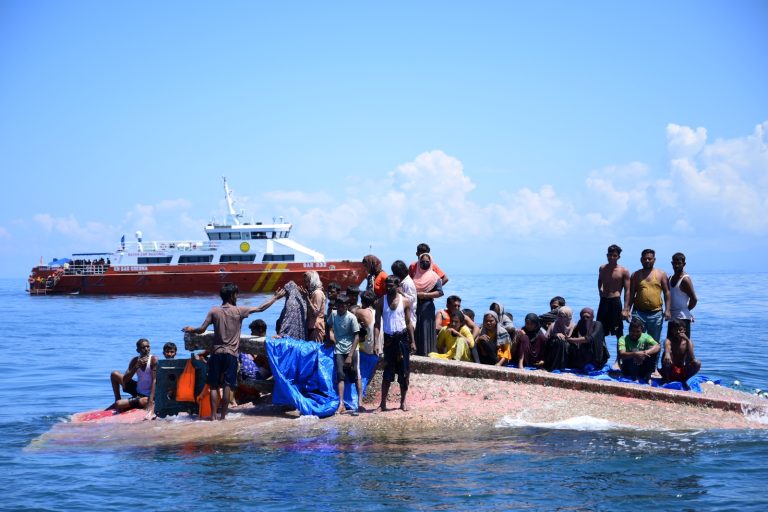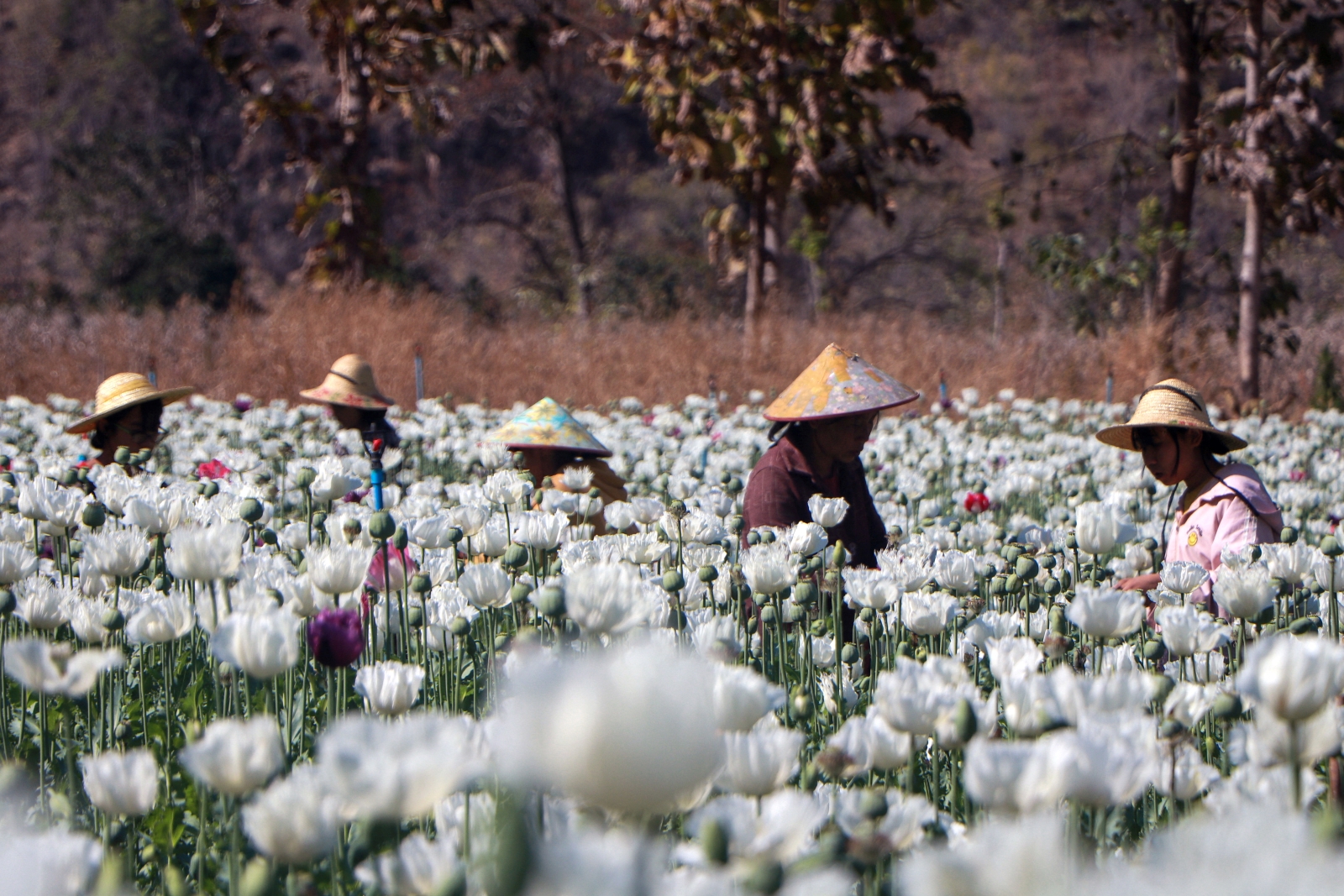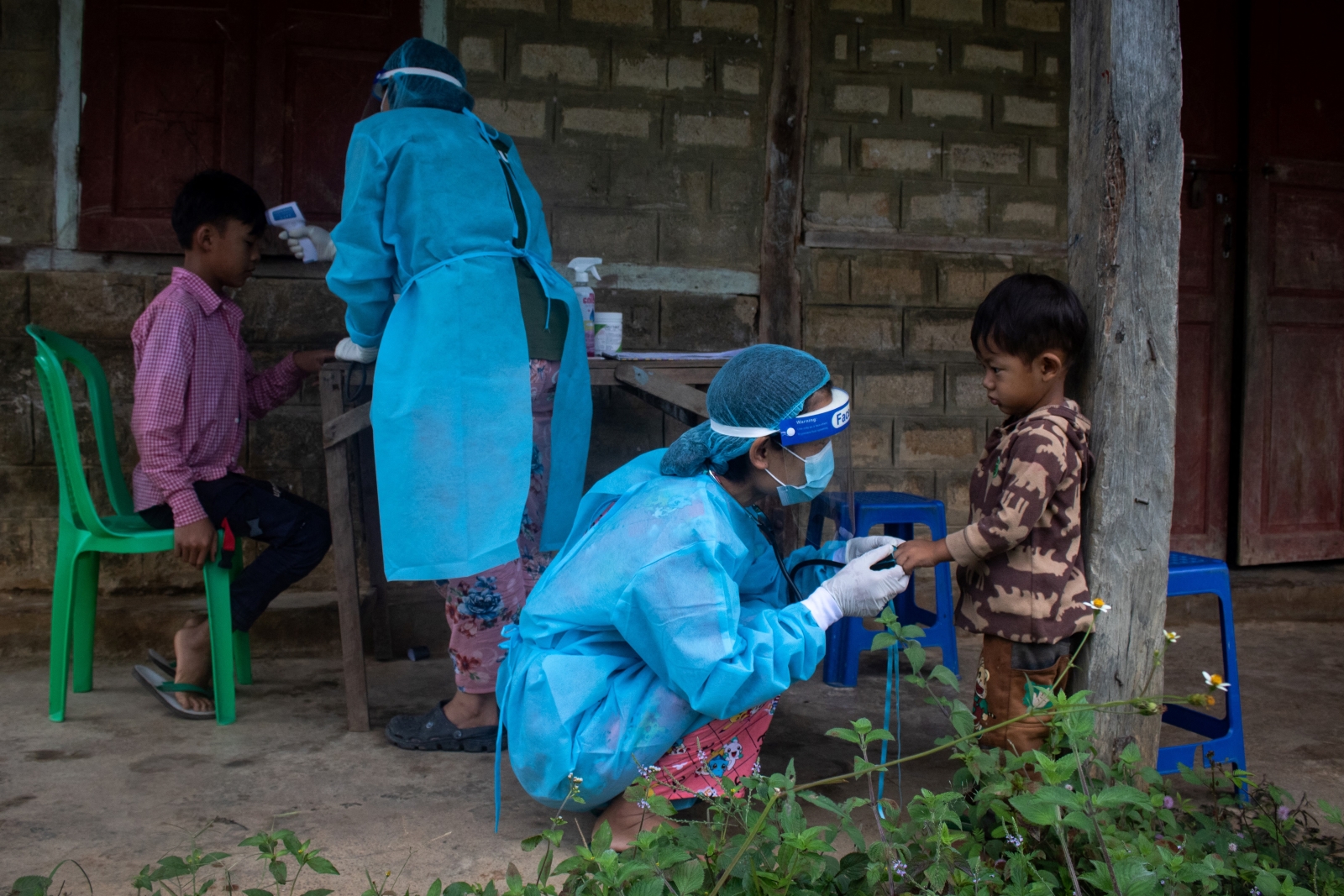Almost 10 months after the crisis began, refugees in the camps in southern Bangladesh are facing a new and dangerous threat – the incoming monsoon rains.
By MARTYN BROWN | FRONTIER
Photos STEVE TICKNER
IT’S THE staggering size that shocks when you first arrive at Kutupalong-Balukali, the world’s largest refugee camp, which is home to about two-thirds of the more than 900,000 Rohingya living in Bangladesh.
Ramshackle shelters made out of bamboo, grubby tarpaulin and plastic, stretch as far as the eye can see.
Some are perched precariously on the side of steep barren slopes while others line ravines filled with filthy water.
People are everywhere in this city of bamboo, crammed cheek-to-cheek and living in slum-like conditions.
Support more independent journalism like this. Sign up to be a Frontier member.
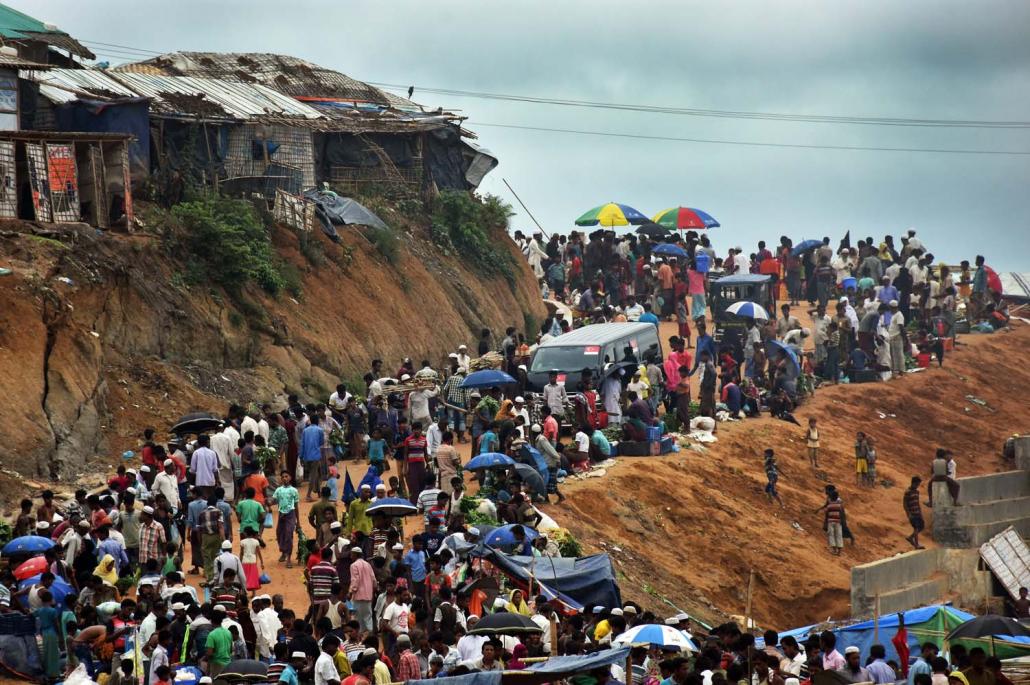
Steve Tickner | Frontier
Last September, Frontier reported from Bangladesh where tens of thousands of Rohingya refugees were pouring into camps on a daily basis as they fled a military crackdown in northern Rakhine State.
A few weeks earlier, fighters from the Arakan Rohingya Salvation Army had launched attacks on military outposts in northern Rakhine, leading to the crackdown, which has seen an estimated 700,000 – mainly Rohingya – flee over the border since.
Chaos reigned as bewildered families set up makeshift shelters with anything they could find. Many of those who made the journey across the border arrived with nothing.
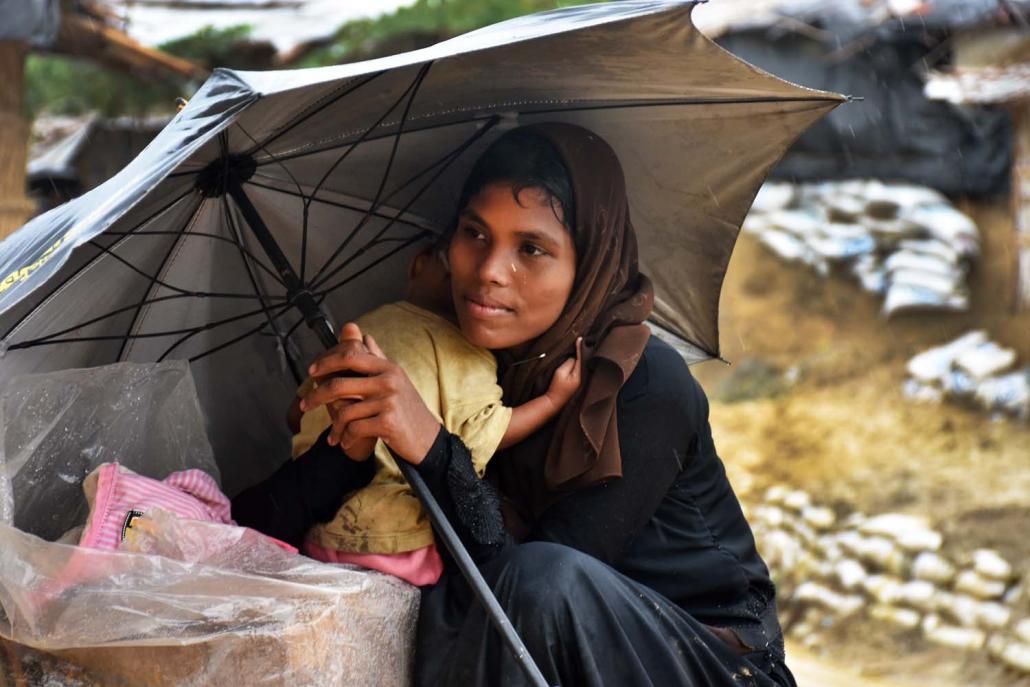
Steve Tickner | Frontier
Deliveries of food supplies caused pandemonium, leading to fights breaking out, and the few aid agencies who were on the scene struggled to cope.
When Frontier returned in early June, what we witnessed was a very different but no less demanding situation.
Almost one million Rohingya refugees are now at the mercy of a new threat: the monsoon and cyclone season.
A new threat
Rather than being despondent and waiting for handouts, the refugees are hard at work, frantically battening down the hatches with the help of aid agencies and volunteers as the monsoon wind and rains arrive.
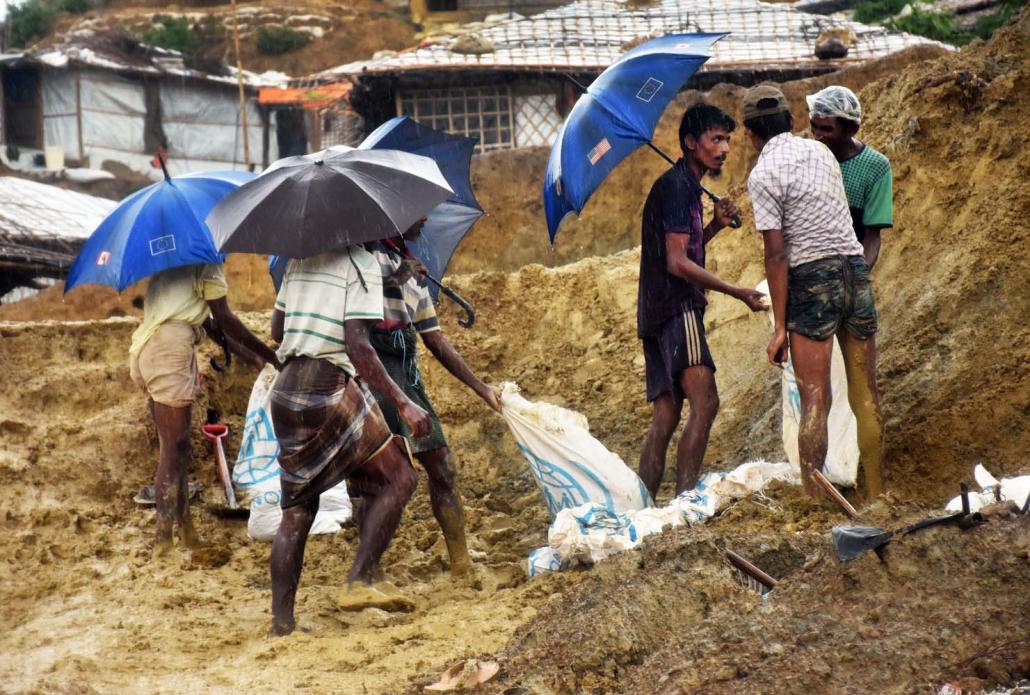
Rohingya men work to remove an unstable slope at the Balukali refugee camp. (Steve Tickner | Frontier)
A seemingly never-ending trail of men carrying bamboo poles struggle along the muddy tracks, while children heave bags of clay on their heads or dig the soil with pickaxes.
The younger ones scrounge for plastic or play with improvised toys made of sticks and wood, while others splash about in muddy ditches.
Many of the shelters are crammed with women looking after babies or cooking family meals using their meagre supplies of rice, flour and potato paste.
Despite the herculean effort, the United Nations has warned that at least 200,000 refugees remain in grave danger from flooding; the situation will likely be much worse if a cyclone rampages through the region.
The outlook looks ominous as the area near Cox’s Bazar has been battered by cyclones for three years running. Up to three metres of rain are expected during the next three months, according to the Bangladesh Meteorological Department.
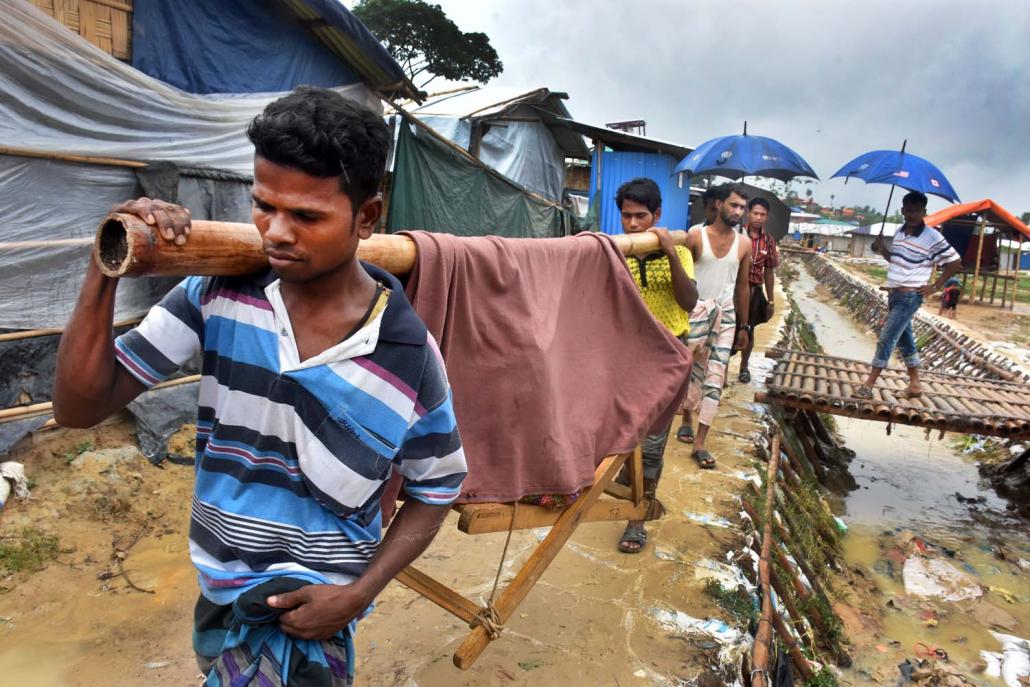
A sick patient is carried out of Balukali towards a nearby health centre. (Steve Tickner | Frontier)
The monsoon has already claimed at least three lives in the camps and officials say around 1,500 shacks have been damaged or destroyed since the first rains hit.
Many refugees we spoke to live in fear of what lies ahead.
Father of four, U Rafique Sadek, 30, said the first storm of the year, which hit the camps in May, destroyed his makeshift home.
“When the first storm came it was not that strong but it ripped off the roof to our home in the middle of the night,” he said. “The rain came in and was soaking everything, all our food and possessions, and my children were terrified.
Rafique Sadek recalled how his father was killed and his three-year-old son was hit in the head by a bullet, but survived, when soldiers came to his village of Chut Pyin, Rathedaung Township, last August.
“I’m very fearful of what will happen now that the monsoon has started. We cannot run away from this. It makes me feel sick to think about it,” he said.
There are many hills dotted around the camps. Most of them are steep, and stripped bare of vegetation.
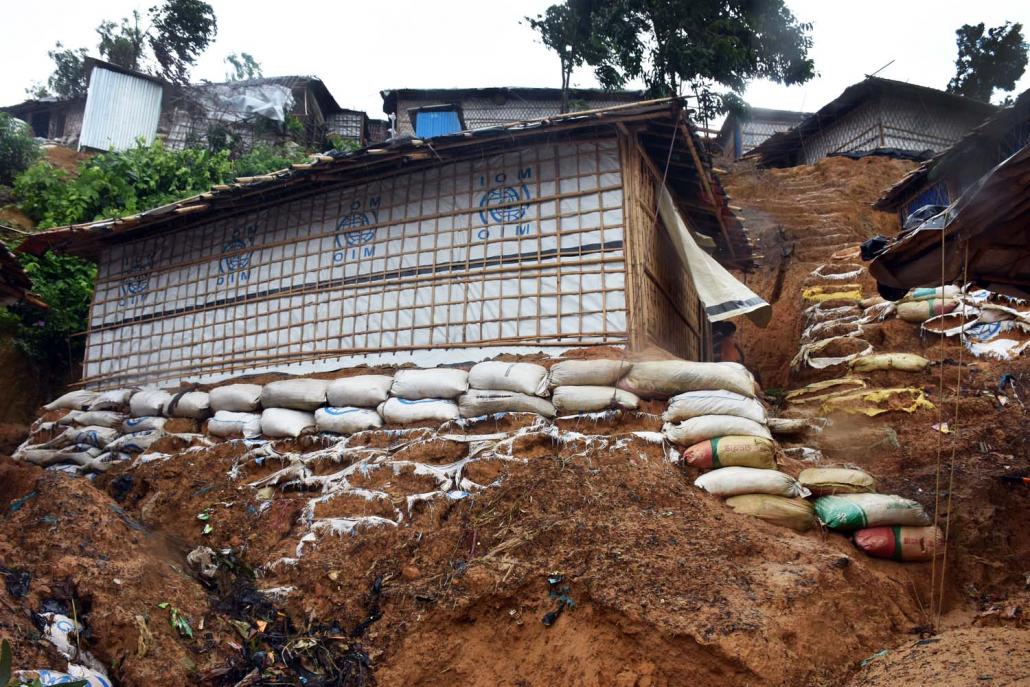
Steve Tickner | Frontier
Clambering to the top of one of the camps’ tallest hills we met Ma Ko Shida, a 25-year-old mother nursing her one-year-old son Abdulla who was suffering from pneumonia.
But her son’s health was not her only matter of concern.
“I have medicine now for Abdulla so he will be ok but we need to move our house as quickly as possible as it’s not safe now the monsoon has started,” she said.
Since refugees started arriving in Bangladesh, families have only been permitted to build out of ‘emergency’ shelter materials, such as plastic sheeting, wood and bamboo.
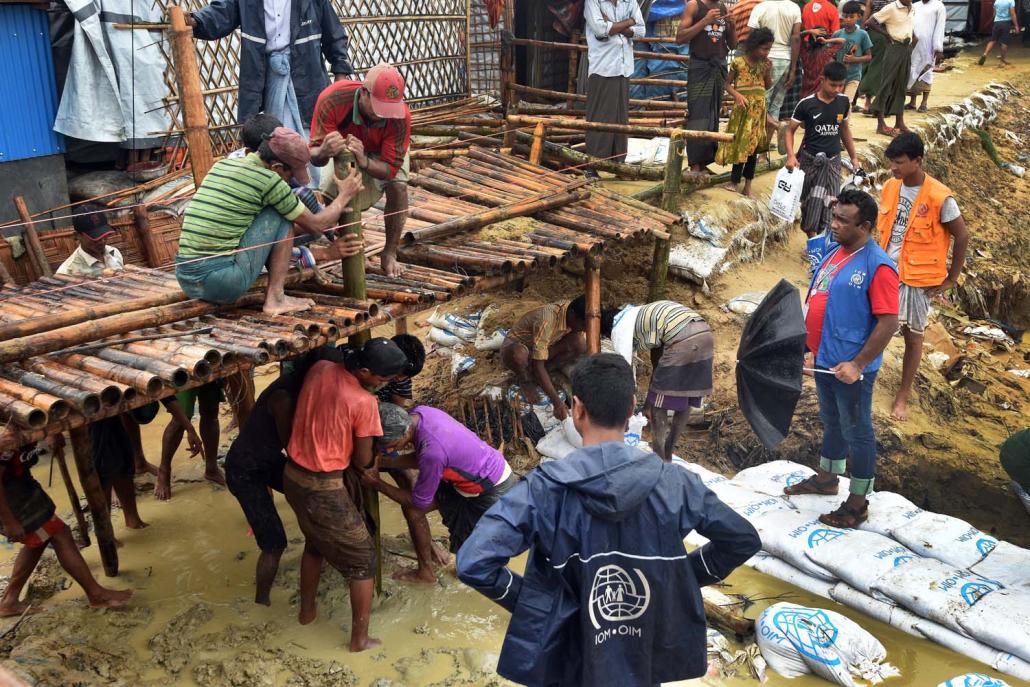
A group of men work to erect a bridge in one of the camps, ahead of heavy monsoon rains expected in the coming months. (Steve Tickner | Frontier)
With no plumbing, refugees rely on latrines, many of which are only a few feet deep and, if flooded, could spread sewage across the densely packed camps, creating an acute risk of contamination and outbreaks of diseases, such as cholera.
There are countless other medical needs for the refugees, and some of those most at risk are pregnant mothers.
UNICEF, the UN’s children agency, has said that about 60 babies are born every day inside the camps, and since the crisis began more than 16,000 babies have been born. Of these, just 3,000 were delivered in designated health facilities.
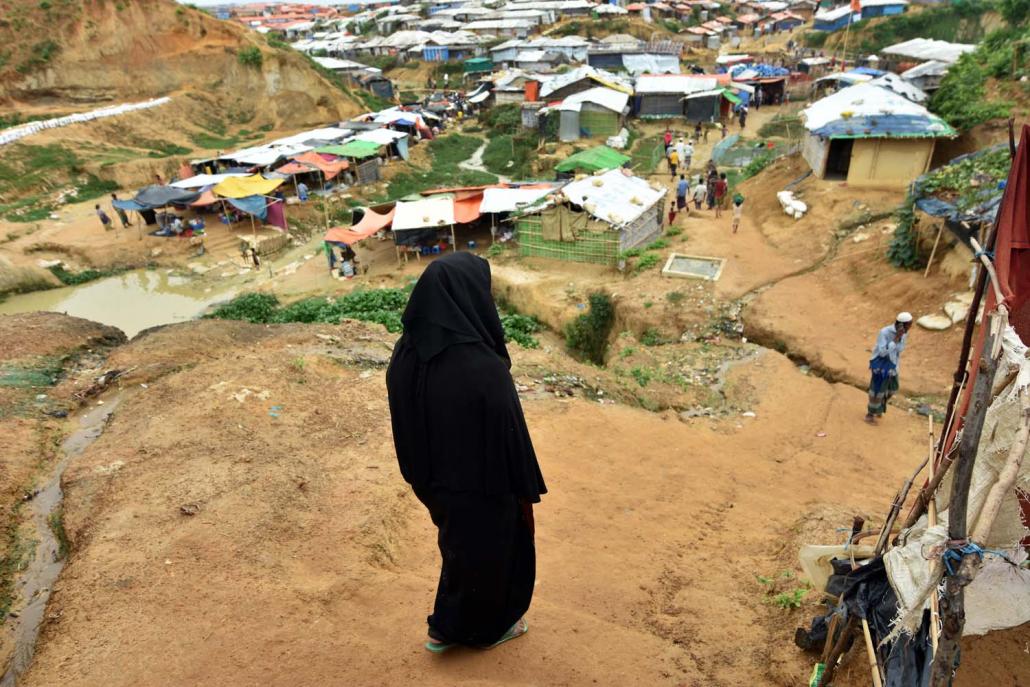
Steve Tickner | Frontier
Frontier visited a Red Cross and Red Crescent emergency field hospital to see what medical facilities are available.
“We have an outpatient department and a triage area for emergencies and this is really so most of the patients are referred to us from other places and hospitals for special care,” said the hospital’s team leader Ms Raija Andersen.
Andersen said some of the most complicated procedures were those related to maternity, including caesarean sections, which take place every day at the hospital’s operating theatre, and which is open 24 hours a day.
“Most of the mothers deliver at home and maybe they search for help from the health clinics later and they realise they cannot do the normal delivery and they are referred here. This is the last place they can get help.”
Everywhere you go in the camps there is the unmistakable sound of children, many of whom are orphans.
Ko Shamjida Begum, who is from Maungdaw in Rakhine, helps run the orphanage with assistance from the Health Management BD Foundation, a Bangladeshi NGO.
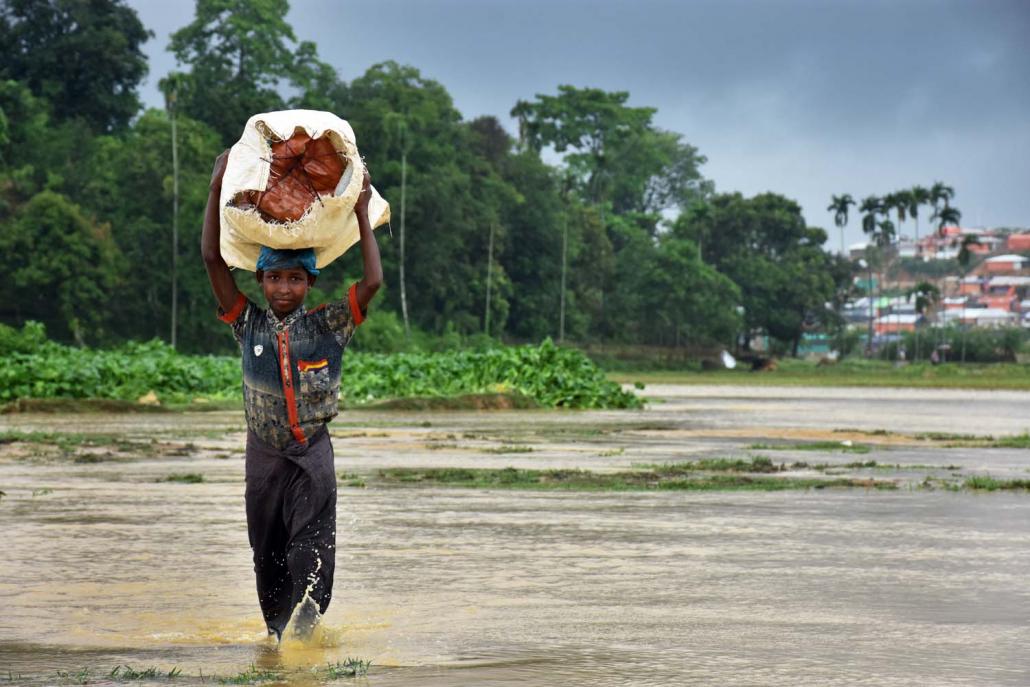
Steve Tickner | Frontier
He said many of the 60 orphans don’t have shoes, and he is unable to provide them with food, such as biscuits.
“It is difficult now the rainy season has started. It’s very muddy and the children have no shoes or sandals on their feet and no umbrellas,” he said.
“In other orphanages the children get biscuits from the World Health Organisation but they don’t get them here.”
The repatriation issue
One of the major issues since the crisis began has been regarding the repatriation of refugees.
Myanmar insists that it is ready to accept returnees, but Bangladesh and the UN have said that conditions on the ground are not yet conducive to returns taking place.
Earlier this month, the UN’s refugee agency, UNHCR, and the UN Development Programme signed a Memorandum of Understanding with the Myanmar government regarding the repatriation agreement, but the contents have not been made public.
Rights groups, including Rohingya CSOs, have criticised the deal, saying that no Rohingya representatives were consulted before the agreement was signed.
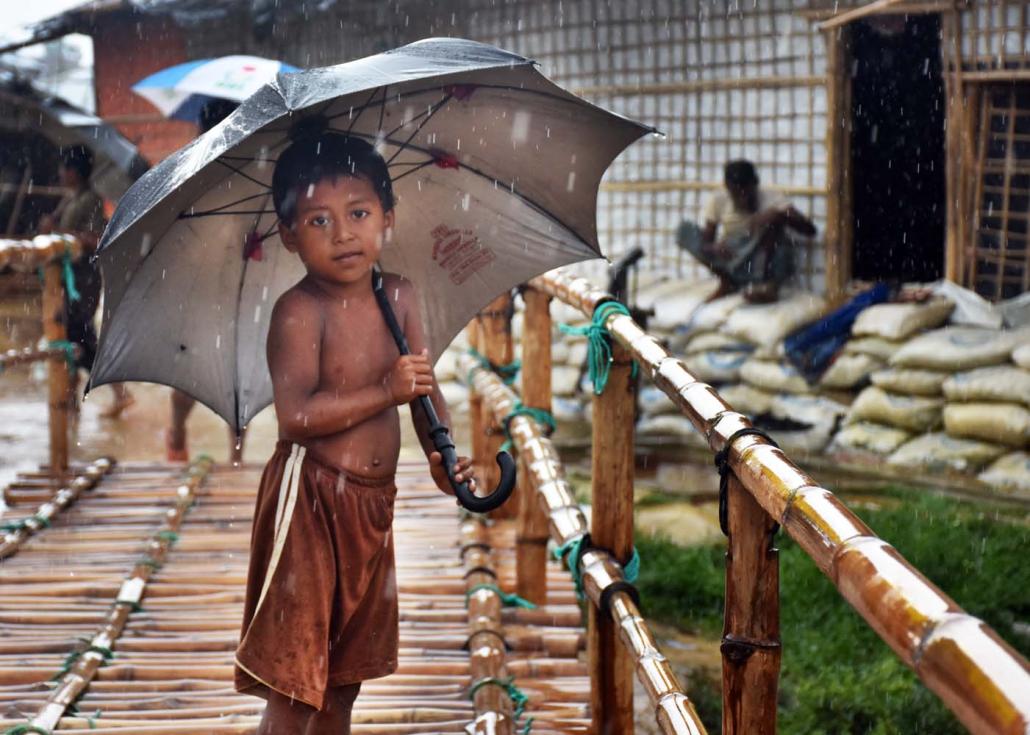
Steve Tickner | Frontier
Mr Knut Ostby, UN Resident and Humanitarian Coordinator in Myanmar, told Frontier that the agreement had been signed “to support the creation of conditions in Rakhine State favourable to voluntary, safe, dignified and sustainable return of refugees who fled violence”.
“The three parties are in discussion about publicly releasing the contents of the MoU. Such a decision would require consent of all three parties. Both UN agencies expect to engage in consultations with stakeholders, including the refugees in Bangladesh, and all communities in Rakhine,” he said.
Nayapara refugee camp is located a few miles south of Kutupalong, near the town of Teknaf. It is home to about 40,000 refugees on the narrow stretch of land that runs parallel to the Myanmar border along the Naf River.
U Noor Alam, 52, arrived there two months ago with his three-year-old son, Tamsin. He said his wife was killed during a military attack in Maungdaw last year.
Even though his two elder sons are there, he said he would not return to Myanmar unless he, and all the Rohingya, get proper citizenship rights.
“If we get citizenship rights, the right to movement from one place to another and we are able to live like other ethnics without discrimination then we will go back,” he said.



